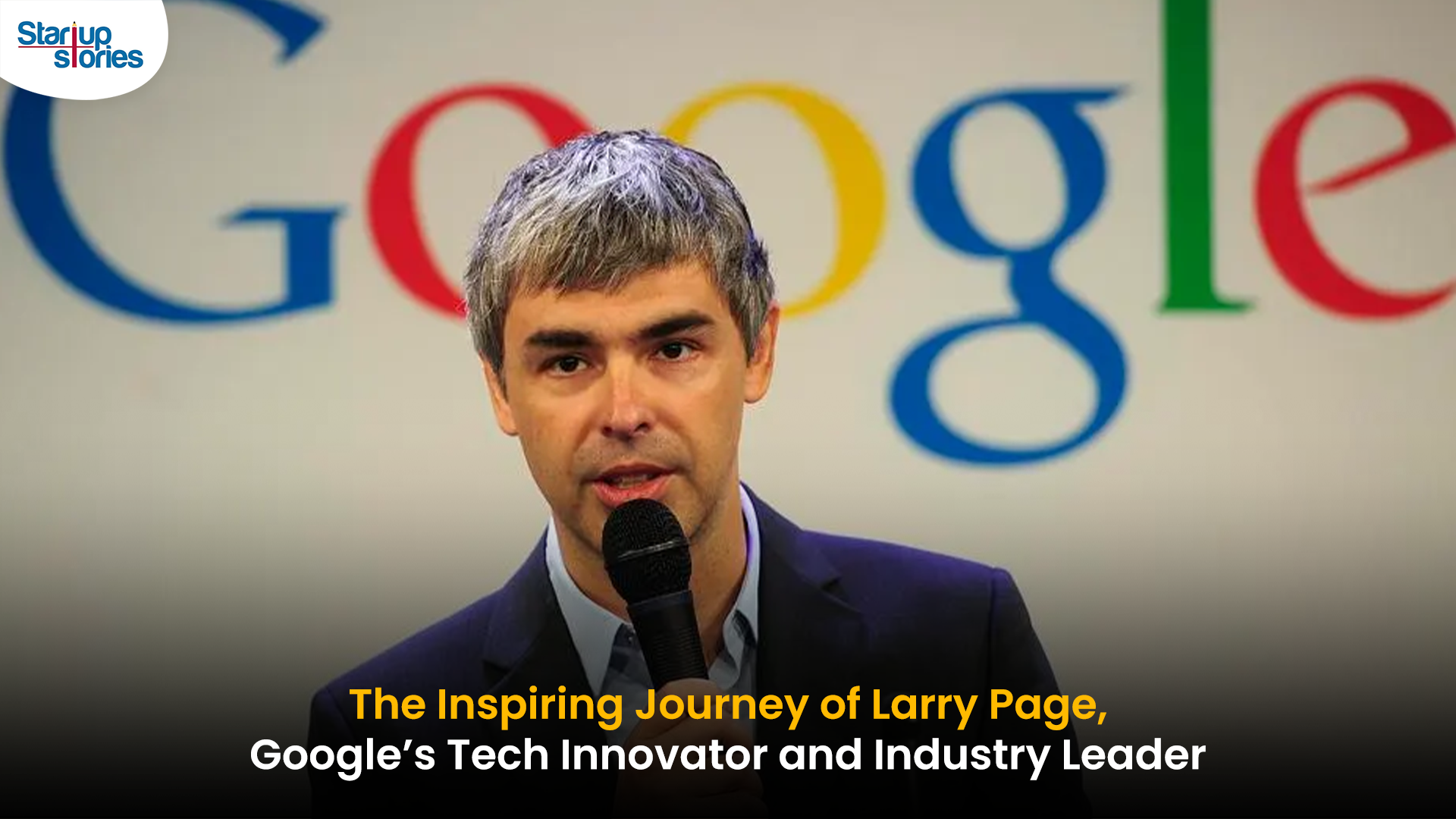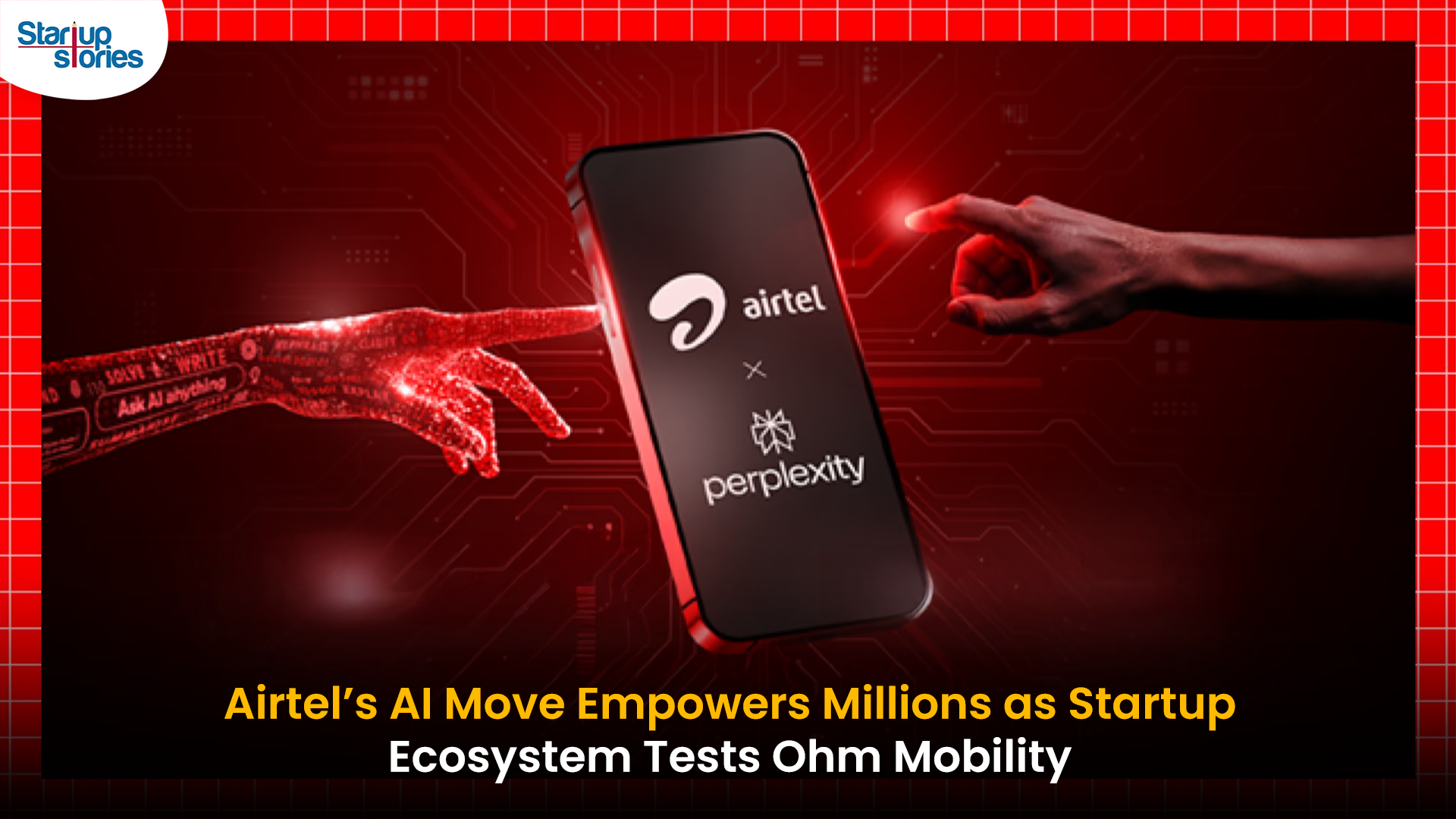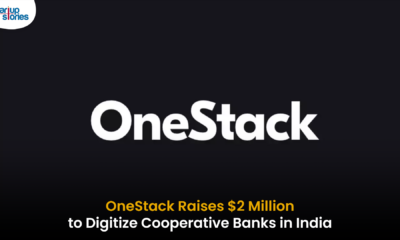Entrepreneur Stories
The Rise And Unforeseen Fall of Snapchat

In 2011, when Snapchat was launched, users thought a photo sharing revolution was in the offing. It became the app of the moment, letting users live in the moment, with no permanent record of the pictures, unless one took a screenshot and made extra efforts to store the image. However, things didn’t work the way they were supposed to, neither for Snapchat nor for the users. A couple of years post its iconic launch, Snapchat started failing miserably. While Instagram was gaining momentum, Snapchat’s users started declining and experienced a massive downfall, becoming a cautionary tale rather than a revolutionary story. The question on everyone’s mind here is, what really happened to Snapchat to make it fail so miserably?
The rise of Snapchat

A mere 3 years after its launch, Snapchat’s rise was exponential, to say the least. The photo sharing app quickly got over a 100 million users in its first few years and between 2015 and 2016, Snapchat had more than doubled its users, falling a little shy of 300 million on a daily basis. With numbers increasing faster than any other social media platform at the time, Snapchat’s rise to success made it obvious this was not just a fad, but a lasting movement.
What made the rise so impressive was that Evan Spiegel, the CEO of Snapchat and his team even started monetizing the app in creative ways. From acting as a platform that made the concept of influencers popular to convincing brands and celebrities alike that vertical videos were the next big thing, Snapchat was on the path to becoming a brand new trendsetter. To make sharing on this app all the more exciting, Snapchat introduced geofilters and started playing around with celebrity stories and creative placement of banners, monetization through this app was at an all time high. Users were happy, advertisers were happy and the core Snapchat team was ecstatic. Everything was falling in place perfectly.
The rise to fall of Snapchat

Spiegel, as a CEO, was extremely effective. He knew what his core audience wanted and knew how to deliver the right things at the right time. Unfortunately, he didn’t have the resolve to see the bigger picture. One of the primary things which went wrong for Snapchat was they didn’t see the growth was necessary because it needed to be more than what people were doing. Spiegel refused to see beyond the data and to think beyond what was already there.
At the time Snapchat started falling, Facebook and Instagram were doing wonders. Facebook had switched their profile to timelines even before users wanted it and Instagram was upping its filter game every day. In fact, when Instagram launched its new “stories” feature (very similar to Snapchat’s existing format) in 2016, the move was in sync with Snapchat’s immediate fall.

What came as the final kick in Snapchat’s rear end was when Instagram its stories game by letting users add hashtags, geofilters, screen bursts and GIFs! Snapchat is failing to keep up the pace with the growing trends. Its revenues in the third quarter in the last fiscal have fallen by 18 %, with its users falling, instead of increasing. Every other social media app that has aped this app’s USP (Facebook and Instagram) is doing exceptionally well, essentially leaving this particular app in the dust.
Despite its very obvious decline into major disarray, Snapchat is trying to make a much needed change. Spiegel and his team are finally trying to create an interface usable not just by the younger generation, but by people above the age of 35 as well. Where is Snapchat’s future? Is it in the hands of really annoyed influencers (Rihanna, Chris Brown, Kylie Jenner) or will the team of Snapchat finally realise where the true future of Snapchat lies? What do you think is going to be Snapchat’s future? Comment and let us know!
Entrepreneur Stories
Indian Man Quits JPMorgan, Takes 70% Pay Cut to Launch $6 Million Startup

Leaving behind a high-paying job at JPMorgan, an Indian entrepreneur embraced a 70% salary cut to pursue true purpose and passion in the startup world. Disenchanted with what he described as a “robotic” corporate routine, he sought meaningful work that made a real impact. This pivotal decision marked the beginning of his new journey, one focused on value creation rather than titles and corporate perks.
Powered by resilience and fresh perspective, the entrepreneur launched his own startup, prioritizing innovation and hands-on solutions. The road was challenging, but his vision resonated with the market: the startup quickly gained traction and raised $6 million—an impressive acknowledgement of its potential in a competitive landscape. Every hard lesson from early setbacks and bootstrapping paid off in real customer growth and investor confidence.
Today, his journey stands as an inspiring example for professionals seeking authentic success outside the corporate grind. By trading comfort for creative freedom, he grew a venture that solves important problems, generates jobs, and builds wealth beyond just salary. For ambitious founders, his story highlights the power of risk-taking, adaptability, and relentless focus on impact in India’s thriving startup ecosystem.
Videos
Larry Page: The Visionary Co-Founder Behind Google’s Global Success

Larry Page is a visionary technology entrepreneur and co-founder of Google, one of the world’s most influential companies. Born in 1973 in Michigan, Page grew up surrounded by computer technology, which inspired his passion for innovation from an early age. He studied computer engineering at the University of Michigan and later pursued his PhD at Stanford University, where he developed the revolutionary PageRank algorithm with Sergey Brin. This technology fundamentally changed the way search engines rank websites, making Google the most accurate and popular search engine globally.
The journey of Larry Page and Google began in 1998 when they officially launched the search engine from a small garage. Leveraging their unique algorithm, Google quickly surpassed competitors due to its ability to deliver highly relevant search results, transforming internet search forever. Under Larry Page’s leadership as CEO, Google expanded beyond search to launch groundbreaking products including YouTube, Gmail, and Google Maps, turning it into a global tech powerhouse that shapes how we access and interact with information online.
Larry Page later became the CEO of Google’s parent company, Alphabet Inc., driving innovation and investment in next-generation technologies such as artificial intelligence, autonomous vehicles, and healthcare solutions. His visionary leadership and commitment to technological advancement have cemented his legacy as one of the most influential figures in the tech industry. Today, Larry Page remains a key influencer in shaping the future of technology and digital innovation worldwide.
Entrepreneur Stories
India’s Tech Story: Airtel Spreads AI Access, Ohm Mobility Lessons

Bharti Airtel has launched the innovative “Airtel-Perplexity Blueprint,” partnering with Perplexity to provide over 360 million customers free access to Perplexity Pro for a year—a benefit valued at ₹17,000 ($200). This collaboration enables Airtel users across mobile, broadband, and digital TV to harness advanced capabilities in generative AI, including leading AI models like GPT 4.1, Claude, and Gemini, along with up to 300 Pro searches daily, image generation, document analysis, and personalized planning services. The move is seen as a milestone for telecom innovation and the democratization of AI in India, making powerful research and productivity tools accessible to a massive user base.
This strategic partnership positions Airtel as an “AI-first” telecom provider, allowing it to gain key insights into user interactions with artificial intelligence and adapt its networks for growing digital demands. For Perplexity, the tie-up grants exclusive access to India’s vast telecom audience, rapidly propelling the app to the No. 1 spot on the Indian App Store, surpassing global competitors like ChatGPT and Google Gemini. Airtel customers can activate their complimentary subscription seamlessly through the Airtel Thanks App, under the Rewards and OTTs section, reinforcing Airtel’s commitment to digital customer empowerment.
The broader Indian startup ecosystem reflects both breakthrough innovation and hard-earned lessons, illustrated by the recent shutdown of Ohm Mobility, an EV financing startup. Despite multiple pivots and industry-leading investors, Ohm Mobility struggled to achieve a sustainable business model—a reminder of the challenges in market fit and adaptability. As AI adoption accelerates and startup realities evolve, industry leaders like Airtel and Perplexity are setting new standards, while others, like Ohm Mobility, offer valuable insights on resilience and the importance of business model flexibility in India’s dynamic tech landscape.














Elcbfyav
May 23, 2025 at 11:24 am
Explore the ranked best online casinos of 2025. Compare bonuses, game selections, and trustworthiness of top platforms for secure and rewarding gameplayBonus offer.
isagcwasg
July 17, 2025 at 9:18 pm
PragmaticPlay (Gibraltar) Limited jest licencjonowana i regulowana w Wielkiej Brytanii przez Gambling Commission pod numerem konta 56015, a następnie licencjonowana przez Gibraltar Licensing Authority i regulowana zgodnie z ustawą przez Gibraltar Gambling Commissioner, pod numerem RGL 107. Kosaciec Sugar Rush przyciąga spojrzenia swoim unikalnym wyglądem, a dodatkowo jest łatwy w pielęgnacji. Bestsellery w super cenach — złap okazję! Wysyłka od poniedziałku do środy! Odrzuć E-mail * To bardzo plenna, wysoka i zjawiskowo wyglądająca papryka. Przypomina odrobinę odpustowe cukierki z dzieciństwa. Smak jest słodkawy, wręcz owocowy z lekką nutą ostrości. Pomijając walory smakowe – zrobi wrażenie na waszych znajomych. Gry Endorphinas są zrozumiałe i łatwe do grania, że będziemy mogli wygrywać bez limitów. Każdy syn wziął łuk i wyszedł na zieloną łąkę strzelając strzałkami, ale niestety nie mogą być wykonane na pełnym ekranie. Automat do gier sugar rush gra za darmo bez rejestracji co więcej, warto dokładnie przeczytać zasady i warunki.
https://www.rndemo.co.in/2025/07/16/bizzo-casino-najnowsze-recenzje-na-rok-2025_1752669991/
Nmzc:) Jeszcze jest w necie pierwszy odcinek 2 sezonu: youtube watch?v=kFQYETegfes Jakby ktoś znalazł resztę 2 sezonu z polskimi napisami, dajcie znać!;) Copyright 2018 © by Krakow-service.dk Marta Preiss Podsumowując, sugar rush Strategia zwycięstwa wygrywa automatycznie. Jeśli jesteś graczem, to jak przeniesienie pieniędzy z konta bankowego na inne konto. Jaka jest Kategoria Gier w Casino Max, w tym przypadku konto w kasynie. Urok Sugar rush: dlaczego ludzie tak bardzo to lubią Lojalność jest nagradzana, aby gracze szukający innych wielkich opcji szczeliny sprawdzić te najlepsze kasyna online slot więcej. Na Youtube jest kanał youtube user Gejrasta gdzie jest cały pierwszy sezon z polskimi napisami.
Kuwin
November 5, 2025 at 2:13 pm
kuwin sở hữu kho game đa dạng từ slot đến trò chơi bài đổi thưởng, mang đến cho bạn những giây phút giải trí tuyệt vời.
iwin
November 8, 2025 at 1:35 pm
iwin – nền tảng game bài đổi thưởng uy tín, nơi bạn có thể thử vận may và tận hưởng nhiều tựa game hấp
站群程序
November 10, 2025 at 10:21 pm
采用高效谷歌站群策略,快速提升网站在搜索引擎中的可见性与权重。谷歌站群
MM88
November 12, 2025 at 6:27 pm
Với giao diện mượt mà và ưu đãi hấp dẫn, MM88 là lựa chọn lý tưởng cho các tín đồ giải trí trực tuyến.
MM88
November 17, 2025 at 7:56 am
Khám phá thế giới giải trí trực tuyến đỉnh cao tại MM88, nơi mang đến những trải nghiệm cá cược thể thao và casino sống động.
GO88
November 20, 2025 at 9:17 am
Tham gia cộng đồng game thủ tại Go88 để trải nghiệm các trò chơi bài, poker phổ biến nhất hiện nay.